The Grove Park-Roycroft Connection
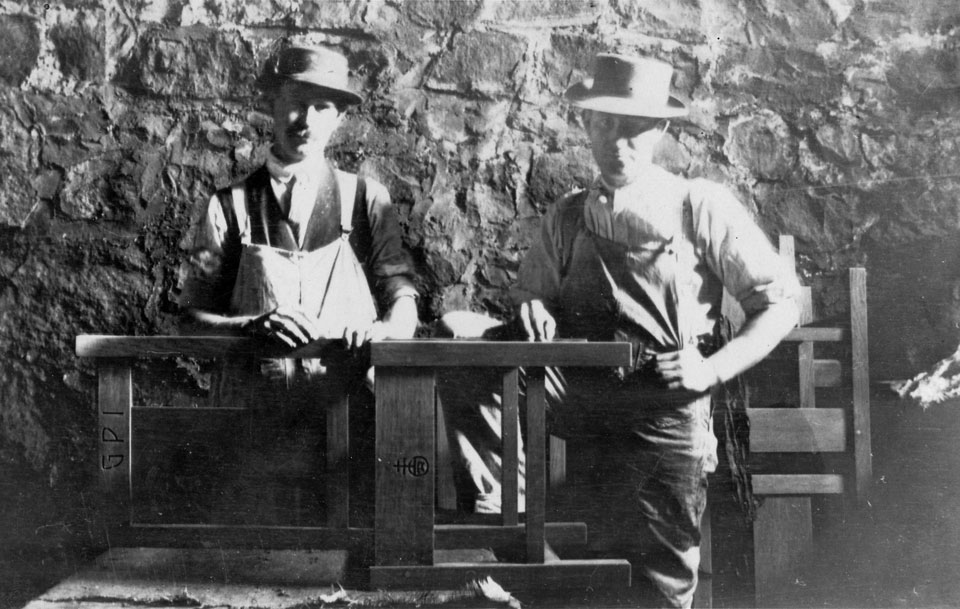
For the past 30+ years, Arts and Crafts enthusiasts from across the country have traveled to The Omni Grove Park Inn (right next door to us) for the National Arts & Crafts Conference and Antiques Show, held annually in February. What began as a small annual gathering of antique dealers and collectors has grown into what The New York Times has called “the most important weekend of the year for Arts & Crafts collectors.”
If you’ve attended the show or visited The Grove Park Inn, you’ve probably noticed some of the beautifully crafted Roycroft antiques on display. In fact, the hotel boasts the largest public collection of original Arts and Crafts style furnishings in the world.
So why does The Grove Park Inn have so much Roycroft? Our friend Amizetta Haj answers that question in a guest blog post below. Growing up in East Aurora with a passion for history, Amizetta took a particular interest in Roycroft. Today, as the Marketing & Visitor Engagement Manager for the Roycroft Campus, Amizetta oversees both the Visitor Center and Museum.
The Grove Park-Roycroft Connection
Written by Amizetta Haj
Since 1913, the Roycroft Campus in East Aurora, NY and The Grove Park Inn in Asheville, NC have been inextricably linked. It began when self-made millionaire, Edwin Grove, whom after spending time in the North Carolina climate to regain his health, envisioned a grand resort for respite nestled in the natural landscape of the Blue Ridge Mountains. With the help of his son-in-law Fred Seely, to oversee construction, the Inn came to life.
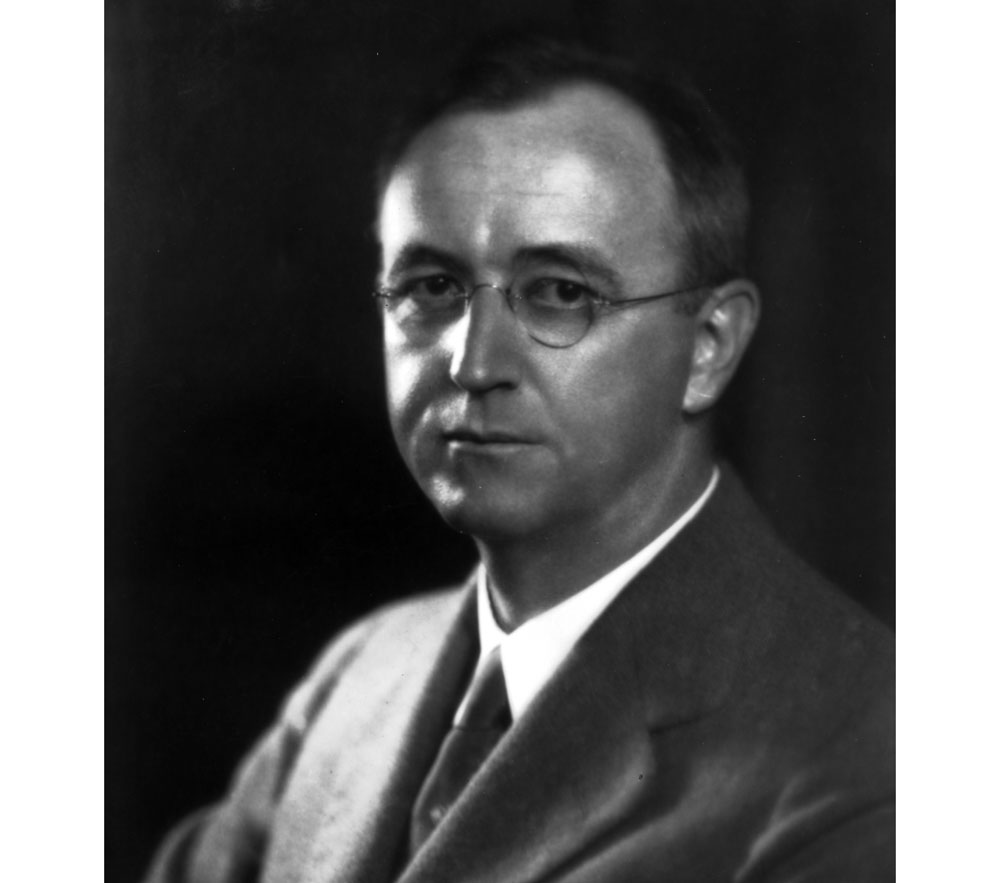
Seely had previously visited the Roycrofters and appreciated the style and quality of their craftsmanship. He ordered over 1,200 pieces of furniture and lighting fixtures from the Arts & Crafts community to furnish The Grove Park Inn, a decision that would forever connect the histories of these two National Landmarks.
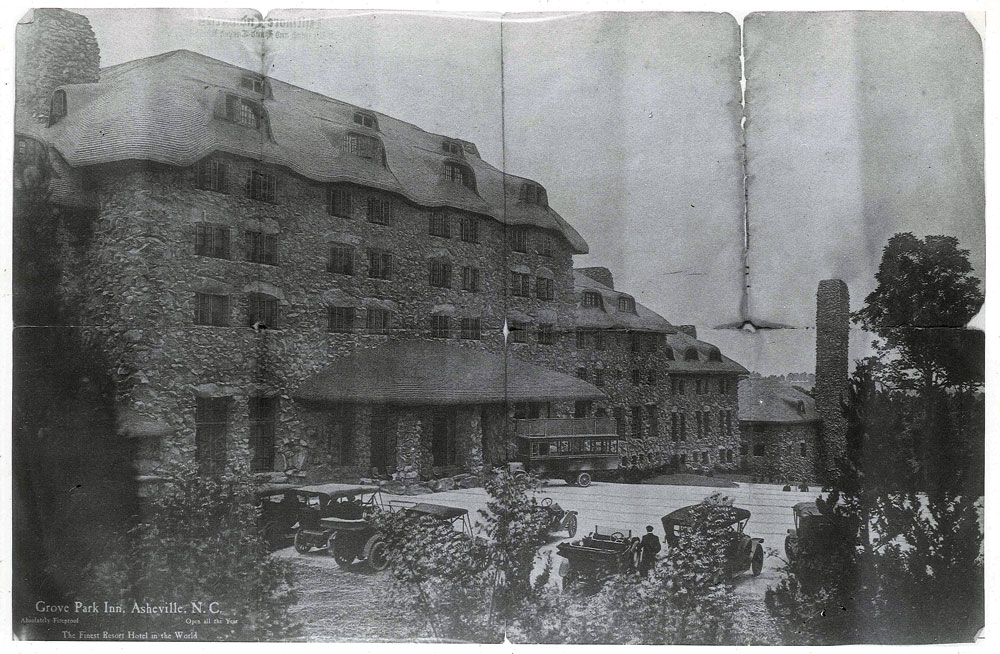
Many of the items from the original commission still grace The Grove Park Inn’s rooms and halls, including the grandfather clock that welcomes every guest at the main entrance. The Inn is also filled with inspirational quotes, modeled after the Roycrofter’s workshops and their own little “resort” tucked away in the Northeast. However, The Grove Park Inn was just one of many corners of the United States and beyond that was touched by Roycroft artistry and ideals in the early 1900s.
The Roycroft started as a one-room print shop in 1897, when former salesman-turned author, Elbert Hubbard, attempted to write and publish his own stories. He was inspired by leaders of the Arts & Crafts Movement in England, great literature, and the art of printing and bookmaking. Hubbard’s unique candor and progressive views would rocket him into the national spotlight and send people flocking to the little town of East Aurora, just south of Buffalo, NY.
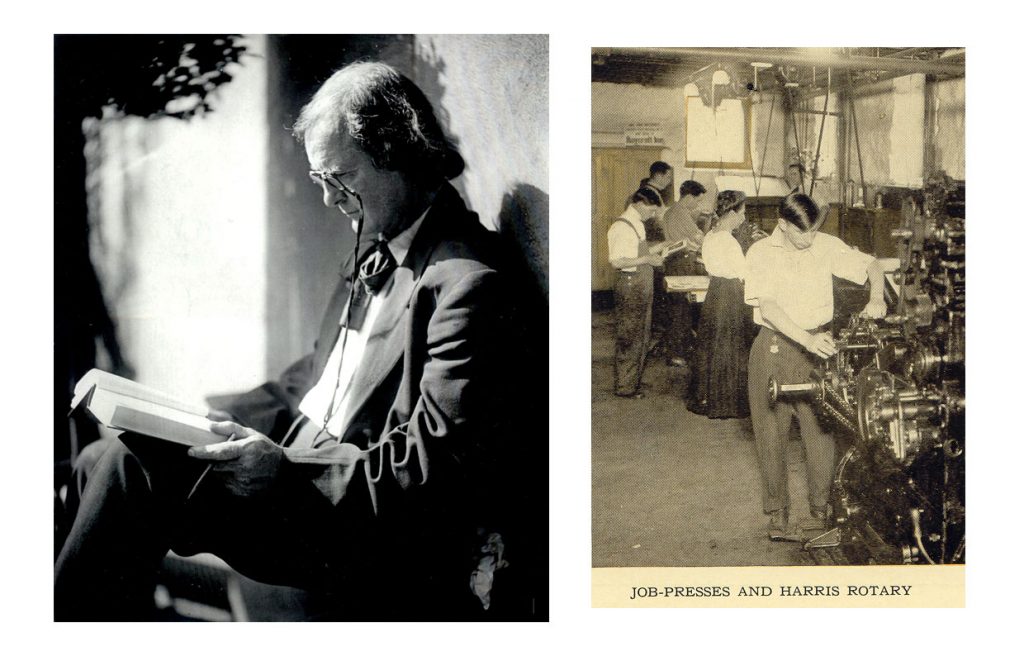
From ordinary citizens to notable public figures, the Roycroft attracted numerous visitors from across the country and around the world, as well as starving-artists and well-trained craftsmen. Over the years, many of these individuals would become known for their work at the Roycroft Shops and go on to even greater projects, such as Jerome Connor, W.W. Denslow, Alexis Jean Fournier, Dard Hunter, Karl Kipp, and Victor Toothacker, to name a few.
As self-sustainability was one of their tenets, the Roycrofters would fashion their tools and workshop fixtures themselves, eventually leading to the addition of Campus shops focused on metal-smithing, furniture-making and decorative arts for purchase. In addition to large-scale contracts such as The Grove Park Inn, the Roycroft would take orders for individual households. In fact, Fred Seely furnished his home with Roycroft items, including custom chandeliers designed by Karl Kipp in 1918, which now hang in the Antique Car Museum at Grovewood Village.
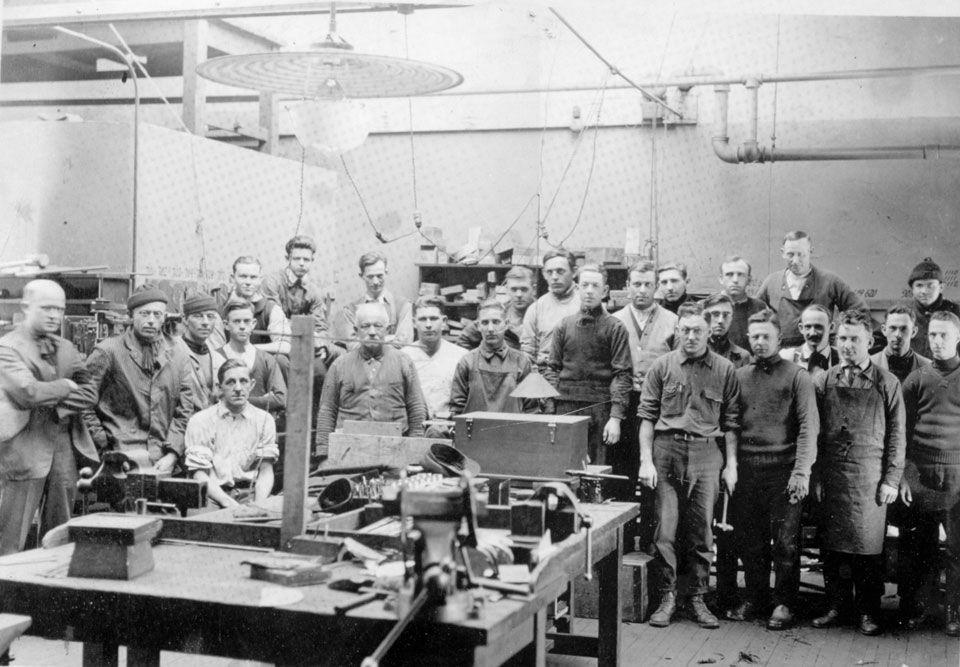
Hubbard’s business skills, combined with his ideals on work ethic, learning, equality, and creativity, paved the way for Roycroft to become one of the most successful Arts & Crafts communities in 20th-century America. For over 120 years, through peaks and valleys, the Roycroft has both physically and philosophically endured. The greater meanings behind craftsmanship and community remain the driving force behind the Campus’ preservation and the inspiration for its future.
The Roycroft Campus Corporation (RCC) is a not-for-profit 501(c)3 organization dedicated to the preservation and restoration of the Roycroft Campus, a National Historic Landmark in East Aurora, New York. From 1897 to 1938, the Roycroft Campus was one of the most successful and well-known centers of the Arts & Crafts Movement in the United States, consisting of a community of over 500 artisans and craftspeople led by writer and entrepreneur Elbert Hubbard. The RCC’s mission is to inspire visitors to experience the creativity, ideals, and future of the Arts & Crafts Movement and to further promote and preserve the Roycroft Campus.
The Roycroft Campus is open year-round, 7 days a week from 10am to 5pm.
For further information: (716) 655-0261 | roycroftcampuscorp.com




